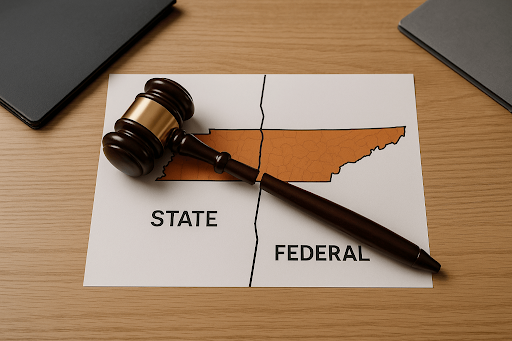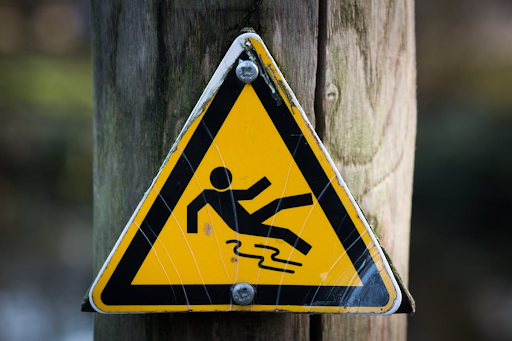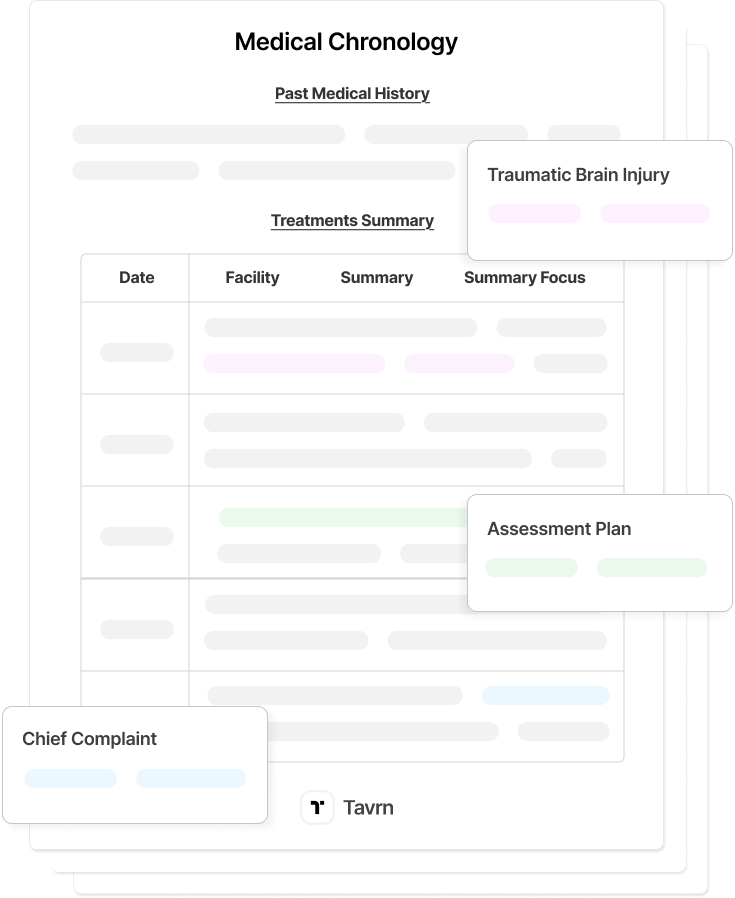Unlike most states that impose rigid statutory caps on punitive damages, California has maintained a distinctive legal framework since 1993 under Civil Code §3294 that relies on constitutional proportionality standards rather than legislative damage restrictions.
California operates without statutory caps on punitive damages, maintaining an approach with due process protection through case-by-case constitutional analysis.
This article examines California's framework for punitive damages, statutory requirements, procedural rules, recent developments, and controlling court precedents.
Legal Foundation of Punitive Damages Caps in California
California's punitive damages authority derives exclusively from CIV §3294, which serves as the comprehensive statutory foundation for both personal injury and medical malpractice cases.
California’s statute requires clear and convincing evidence of malice, oppression, or fraud.
- Malice encompasses conduct intended to cause injury or despicable conduct with willful disregard of others' rights or safety.
- Oppression involves despicable conduct causing cruel and unjust hardship in conscious disregard of rights.
- Fraud requires intentional misrepresentation, deceit, or concealment with intent to defraud.
Corporate liability under CIV §3294(b) demands officer, director, or managing agent involvement: authorization, ratification, or participation.
California courts apply constitutional due process analysis, evaluating proportionality between punitive and compensatory damages on a case-by-case basis.
2025 California Punitive Damages Cap
California maintains no statutory caps on punitive damage amounts, operating instead through constitutional proportionality standards:
- General Cap Rule: No statutory limitations exist; courts apply constitutional due process analysis rather than fixed multiplier formulas or dollar limits.
- Constitutional Guidelines: Courts apply the U.S. Supreme Court’s due-process guideposts (BMW v. Gore; State Farm v. Campbell), and the California Supreme Court has said ratios ‘significantly greater than 9 or 10 to 1’ are suspect absent special justification.
- Financial Consideration Requirements: Pretrial discovery and admission of a defendant’s financial condition are restricted by CIV §3295(c)–(d), and Adams v. Murakami requires meaningful evidence of ability to pay to sustain a punitive award. Courts sometimes scrutinize awards approaching ~10% of net worth, but there is no rigid percentage cap.
- Medical Malpractice Interaction: MICRA caps noneconomic damages only. For 2025, the caps are $430,000 (personal injury) and $600,000 (wrongful death), increasing annually; punitive damages are not capped by MICRA.
- Multiple Recovery Prevention: In homicide cases, §3294(d) allows punitive damages in actions under CCP Ch.4 and applies CCP §377.62 procedures to prevent multiple recoveries for the same act..
- Judicial Review Standards: Appellate courts apply constitutional excessiveness analysis rather than statutory compliance review, focusing on ratio reasonableness and deterrent effectiveness.
Procedural & Evidentiary Requirements in California
California imposes specific procedural standards under California law:
Clear and convincing evidence serves as the mandatory standard of proof for all punitive damages under §3294, with CACI No. 3947 providing standardized jury instructions for this elevated burden.
California medical malpractice cases face specific pleading requirements under CCP §425.13, requiring court permission before amending pleadings to include punitive damages.
Timing deadlines: In actions ‘arising out of the professional negligence of a health care provider,’ punitive damages require a timely motion under CCP §425.13(a)—no later than two years after filing or nine months before the first trial date, whichever is earlier—supported by admissible evidence showing a substantial probability of prevailing.
Financial discovery restrictions under CIV §3295 prohibit pretrial discovery of defendant's financial condition without noticed motion and court approval.
- CIV §3295(d) authorizes trial bifurcation so that financial evidence is withheld until after a finding of liability and malice, oppression, or fraud.
- Under California Constitution Article I, §16, three-fourths of jurors must agree for a civil verdict. In punitive cases, courts commonly use special verdicts requiring separate findings on liability, malice/oppression/fraud, and damages, especially if the trial is bifurcated.
Recent Developments and Pending Legislation
California's punitive damages framework has demonstrated remarkable statutory stability from 2023-2025, with CIV §3294's core text remaining unchanged since its last amendment effective January 1, 1993.
This legislative consistency indicates satisfaction with the current malice/oppression/fraud framework rather than movement toward statutory caps or procedural modifications.
Recent judicial applications highlight how trial courts scrutinize punitive claims at the pleading stage. In Arnold Hernandez v. Silver Star Transportation (2023), the Santa Barbara County Superior Court issued a tentative ruling striking punitive damages claims for lack of specific factual allegations of malice, oppression, or fraud. While not binding precedent, it illustrates how California trial courts may address deficient pleadings.
CACI jury instruction updates through California Courts documentation have clarified the clear and convincing evidence requirements for punitive damages claims.
Key California Punitive Damage Cases
College Hospital, Inc. v. Superior Court (Crowell): Healthcare Provider Standards
In College Hospital, Inc. v Superior Court (Crowell) (1994), healthcare providers challenged procedural requirements for punitive damages allegations in medical malpractice litigation. The California Supreme Court addressed whether CCP §425.13(a) creates heightened pleading standards beyond typical notice pleading requirements.
The Court held that healthcare provider defendants receive special procedural protection requiring plaintiffs to demonstrate "substantial probability" of prevailing before including punitive damages allegations. This creates a dual burden requiring both statement and substantiation of legitimate claims through evidentiary support at the pleading stage.
Corporate liability requires employee conduct within scope of employment, demonstrating institutional malice or ratification.
Baker v. Sadick: MICRA Exception Framework
Baker v. Sadick (1984) held that arbitrators in medical malpractice cases may award punitive damages. The Court clarified that MICRA’s caps in CIV §3333.2 apply only to noneconomic damages and do not limit punitive damages, which remain available in cases involving fraud, willful neglect, or malicious conduct.
The decision provides tactical advantages for medical malpractice attorneys alleging intentional misconduct beyond professional negligence standards.
Building Stronger Punitive Damage Cases
California’s lack of statutory punitive damage caps means outcomes depend heavily on careful pleading, evidence, and proportionality analysis. Courts continue to apply constitutional guideposts rather than rigid formulas.
For malpractice and injury litigation, procedural safeguards like CCP §425.13 and Civil Code §3295 require attorneys to substantiate claims with precise documentation and strong evidentiary support.
Legal teams increasingly turn to structured medical summaries and chronologies to meet these demands. Partnering with solutions like Tavrn helps streamline record review and strengthen punitive damage arguments.

.webp)
.webp)




















































